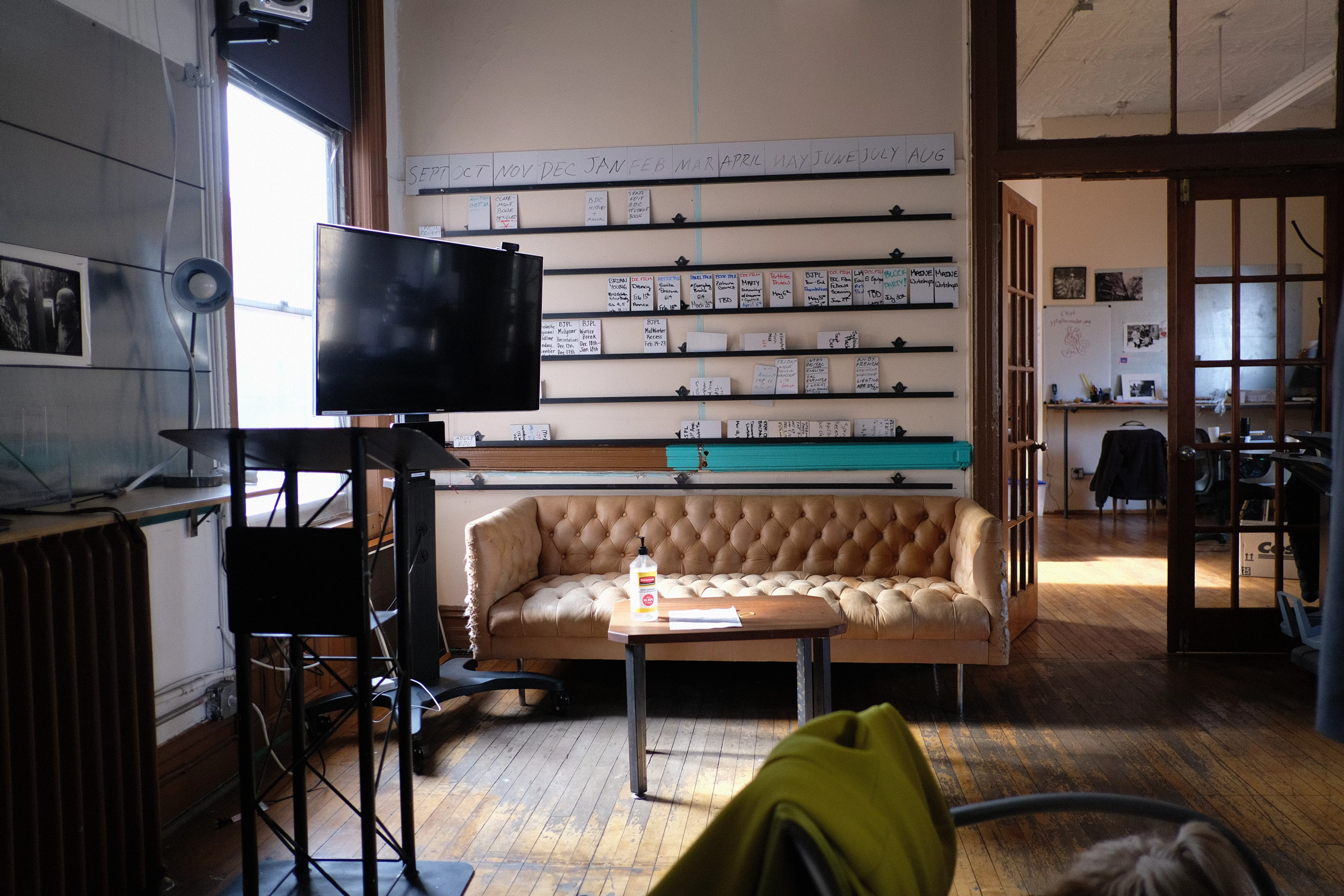
Tim Hetherington and Michael Kamber met while documenting opposing sides of the 1999-2003 Liberian Civil War. “I was covering President Taylor’s troops, and he was covering the rebel army coming in from the countryside. Once the fighting stopped, we met up in Monrovia. Even then, pre-Trump, we could see America sliding into misinformation and conspiracies,” Kamber tells me. The two photographers– one British, one American – bonded over this concern and began brainstorming a centre built on the “golden age” of documentary; something reminiscent of the photojournalistic power witnessed during the Civil Rights Movement and Vietnam War. “There’s an innate beauty and creativity to it, but there’s also the desire to really get it right, to get history down correctly,” Kamber says. “Photography is where America could live up to its ideals – a force crucial to democracy.”
After Kamber left Afghanistan in 2011, he returned to his on-and-off home of the Bronx. He bought an abandoned landmarked building next to the South Bronx Hub, the second busiest spot in New York after Times Square. He partnered with arts administrator Danielle Jackson to bring the space to life, but before the Bronx Documentary Center could open its doors, Hetherington was killed while on assignment in Liberia. “We talked about this place right up until the week he was killed,” Kamber recalls. The centre opened with an exhibition of Hetherington’s work, the BDC library born from his personal collection. In the BDC, a portrait of him hangs above the fireplace.
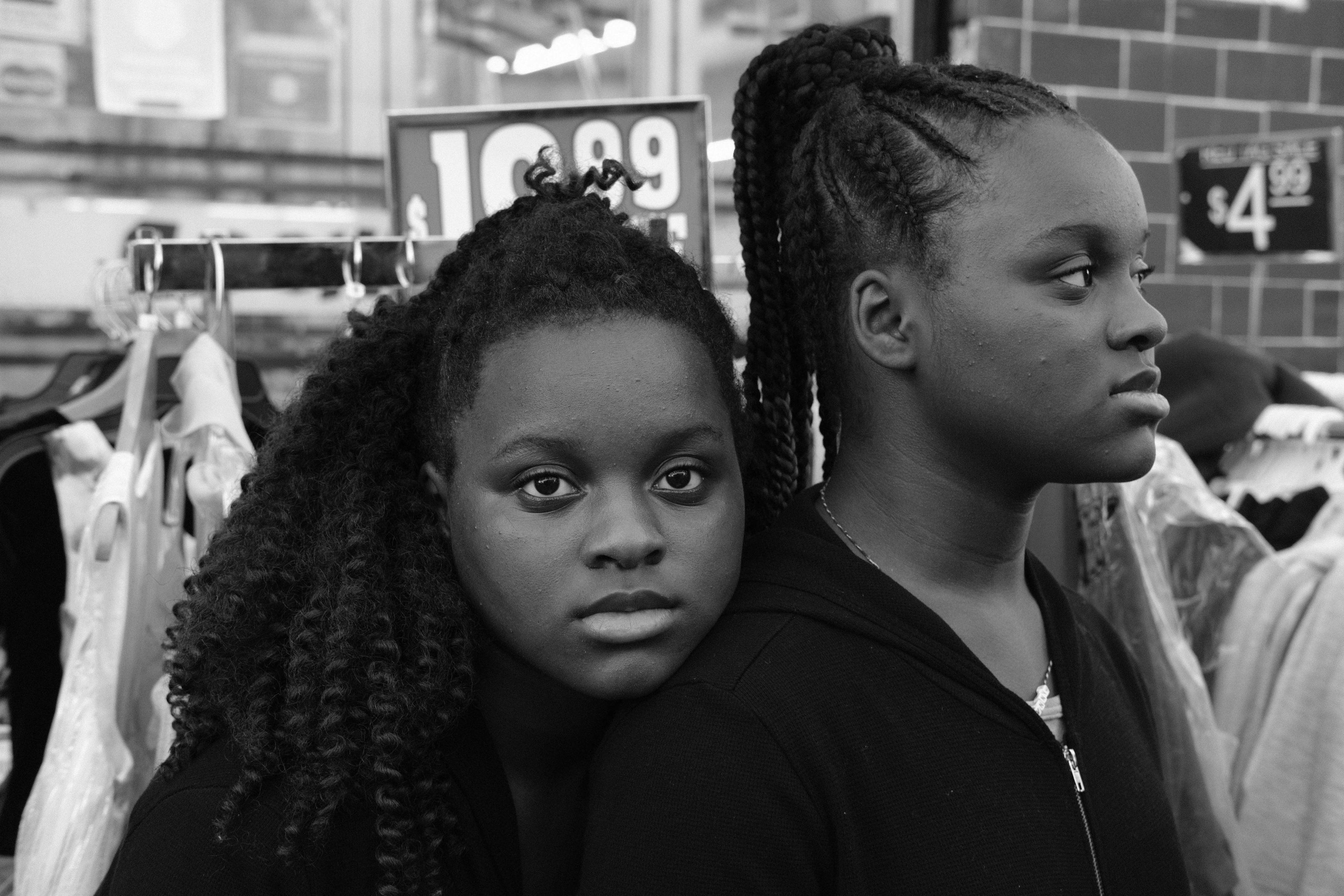

The Bronx Documentary Center is unlike any other photographic space: classroom, gallery, library, darkroom, garden, residency, printers, studio and framers, it feels more like a mission than a gallery or photo lab. 70% of visitors are Bronx residents, with courses tailored for children, teenagers, adults and senior citizens. At its core is a philosophy that documentary can provide the people of the Bronx with the tools required to tell their own stories. Teaching in both English and Spanish, there is an immensely strong belief in the cause, a direct and infectious feeling backed by 15 years of success stories.
The staff are a mix of photographers, volunteers, and educators; Ricardo J. Partida, Youth Education Manager, is about to take a 2-month sabbatical to Liberia to report on investigative stories. Maria De La Paz Galindo, Community Engagement Manager, first encountered the BDC when her children attended the Youth Photo League. Kamber’s official title is Creative Director, yet one gets the feeling he does a bit of everything. I’m told he’ll be spending the next few days in the cellar, building frames from recycled wood for the upcoming exhibition: Joe Conzo: A Look Back At The Bronx, 1977-84.
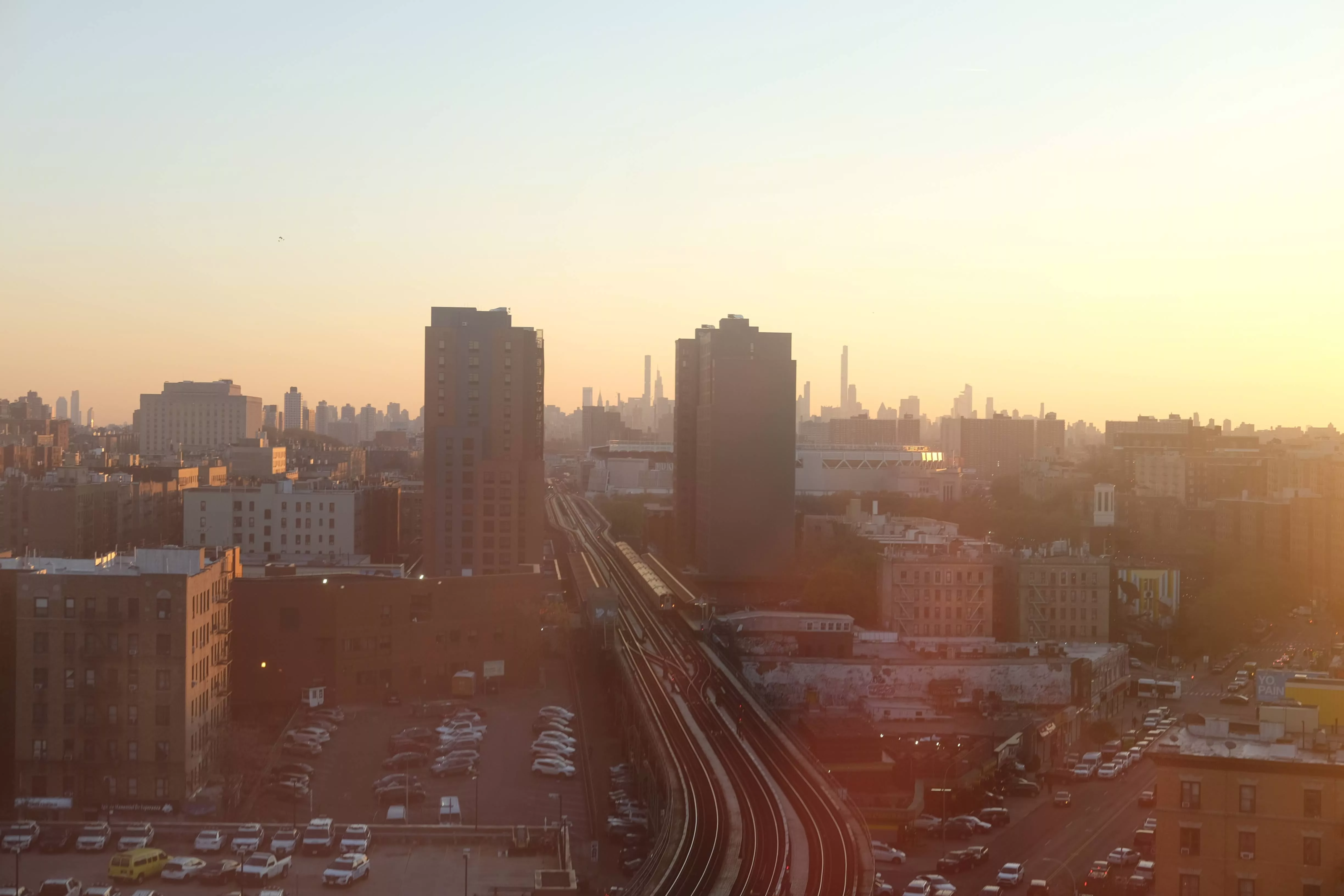
As I’m sat in the BDC offices, Kamber received a call. It’s from the family of the late photographer Elliott Erwitt, wanting to donate his 500-strong collection of signed, first-edition photobooks to the BDC library. The team have less than a day to collect the books from Erwitts’ Central Park studio and apartment before new tenants move in. The following morning, I’m helping them shift the collection.
The BDC exists through phone calls like this – aid, tip-offs, support, and donations. Photographers who come to New York on tour donate their time, cameras, books, and insight. There is an immediacy to everything they do. Day-to-day life at the centre comes so fast that they don’t have time for back-patting. There is always more to do, funding applications to send and kids to help. Equipment donations from Fujifilm, ICP, and Magnum gave them the only photo lab in the Bronx and one of the best in the city. Kamber built the light tables himself, and his past work as a mechanic and construction worker came in handy. “We’re just trying to get through the next budget crunch,” he says. “We have a budget gap… if we lose a couple of grants, this could all fall apart in six months.” The money primarily comes through grants; private funders rarely interact with the centre. Youth classes are free, and adult classes are charged as low as possible with a pay-what-you-can option. Despite the difficulties, this provides the BDC with topical freedom that is essential to the cause. “Control is crucial; we do whatever the fuck we want,” Kamber says, laughing. “One of the mantras from the beginning is that the more control we have, the more independent we are, the less we rely on outsiders. We have to be self-reliant,” he adds. The mission is to break even. This allows for controversy, topics unexpected and contentious, such as Trump’s effect on American life, local drug use, and industrial pollution. “If we can imagine it we can do it… we’re the luckiest people in the world. To be able to do this every day is a fucking dream.”
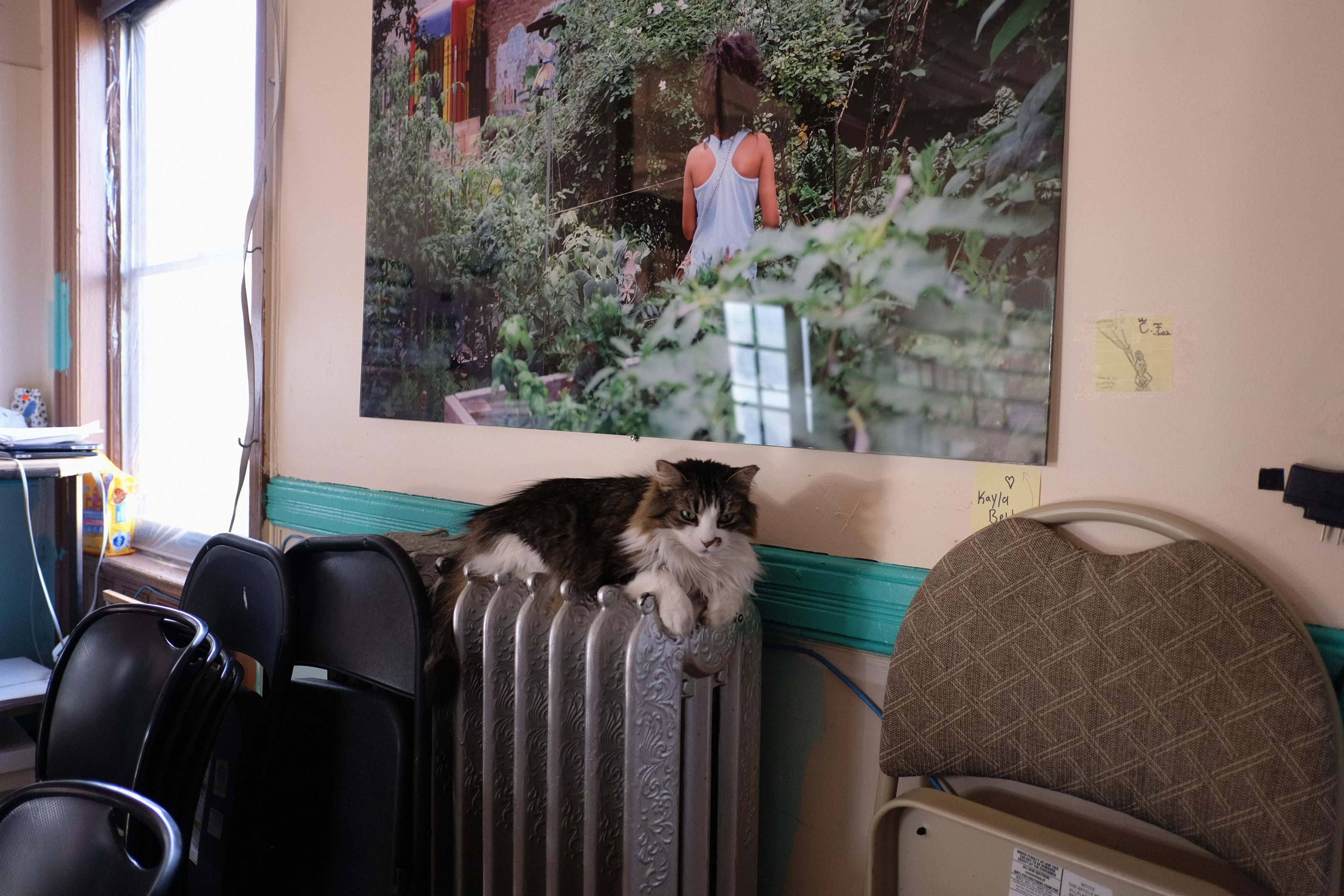
The BDC encounter challenges that not many art organisations do. Drug use on the front steps, violence on the streets. “I gotta get these kids into college. I gotta keep our kids safe. The heroin problem is totally out of control. The fentanyl thing is getting scary. An 11-year-old girl was killed on the street at 5 pm,” Kamber says. Partida and Pamela Y. Rozon, Education and Programme Assistant, take me to lunch, echoing Kamber’s concerns as well as his passion. They tell a similar story: “Yeah, it’s New York City,” Rozon says. “But it’s so much more than the stories. People give me a certain look when I say I’m from the Bronx, but this is where I found the most community. The BDC got me invested in the community I live in. I became more comfortable taking photos, telling stories about my home.”
Rozon is a Bronx resident and second-generation immigrant from the Dominican Republic. They found the BDC while a sophomore in high school. “[Kamber] came to my school and gave a talk, and I begged him to let me in,” they tell me. After attending the BDC advanced documentary film class, Rozon was converted, following the team around “like a lost puppy.” Before this, Rozon had never owned their own camera and was able to access materials usually reserved for “rich kids.” Rozon started attending workshops and classes, taking part wherever they could. The BDC helped them apply for university and financial aid, something they now offer to all of their students. Now, Rozon is about to graduate from Hunter College, with published work in the Bronx Times. Rozon’s work focuses on the people of the Bronx, from food deserts to the revolutionary history of the borough’s community gardens. They have interviewed Alexandria Ocasio Cortez, investigated industrial pollution, and produced their own documentary films. Earlier this year, Rozon chaperoned a BDC trip to Tokyo, Nara, Kyoto and Osaka. When the BDC attend photo festivals, they take students from the after-school class with them. “I’ve had so many opportunities just from being here. This has been my safe space, my creative space,” Rozon adds. “Here, I can get out of my head and explore other people’s lives, tell their stories. BDC taught me how to navigate the world. That’s what this place means to me.”

“This is one of the poorest districts in the United States. Take the train a couple of stops, and you’re in one of the richest,” Partida says. He approaches his lessons with a simple yet effective philosophy: “Photography is a tool of communication. We go out to the streets, listening, observing, talking to people. It’s about connecting with the community and understanding the place we live,” he explains. His students, ranging in age from 11 to 18, choose their own subjects and stories. Ownership over the story is paramount. “For example, we did an investigative report on marijuana dispensaries targeting Bronx kids. From this work, we saw a real shift in how the dispensaries operate in the area. The students didn’t just tell the story of the Bronx. They changed the Bronx. The Bronx has a big drug problem, and the kids know it,” he says. Their investigative research was covered in the New York Times. This isn’t a cute little after-school homework project – this is fact-checked, old-school investigative reportage. Kamber and his team train students how he was trained – pure documentary rigour.
As the students roll in, Kamber introduces them to a visiting photographer. He leverages his contacts to bring photo-industry workers into the space, bringing a world-class education with them. It is a facilitation money can’t buy, opportunities near impossible to catch. Photographers’ from around the world bring their work, donate books, provide feedback. The students each have self-set assignments and projects they are deeply engrossed in: air pollution, artist profiles, and tattoos. They are taught the importance of fact-checking from the start, the encroaching danger of misinformation and fake news looming in the background. The BDC Youth Photo League newspaper, BDC Focus, publishes in both English and Spanish. If a student is covering public health, the BDC will help find them an environmental scientist to use as a source.
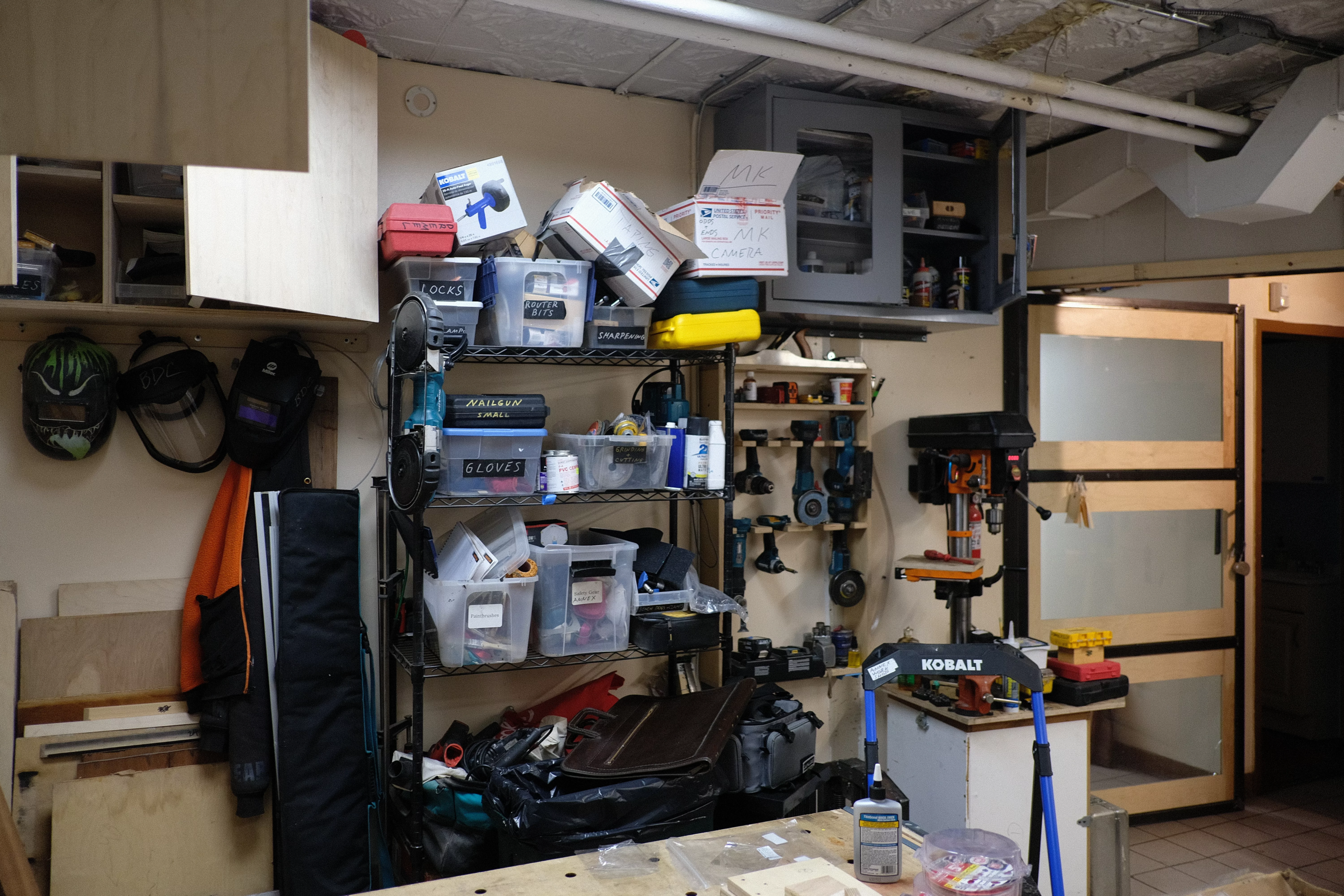
“When I was a mechanic I built transmissions,” Kamber tells me. “Cars got towed in, and I had to make the car go out the door on its own power. That’s the approach that I take to the BDC. You can talk about concepts and theory, but first, you need a working camera, you need a working enlarger, a good lens and a darkroom with chemicals, film. A computer and internet to download your images. People need nuts and bolts.”
For the publicly accessible photo labs, it’s important visitors feel a sense of ownership and can produce tangible results. Many families first encounter the centre through the (free) BDC Easter Family Portrait Day. “People come in saying: ‘I’m working in a factory all day long. I’m selling food on the sidewalk to support my family and survive. I’ve only got a few hours free a week. I need you to give me something I can use, I need to be able to take a photo home that I can put on my wall,” Kamber explains. “That’s what’s important, not just some big philosophical ramble, you know? That’s always been the focus: what do people need? What can we do to make their life better? Where does the rubber hit the road?”
During the COVID-19 pandemic, the centre shifted, serving the community however it needed. The gallery became a food bank, and staff called elderly residents to ensure they got vaccinated. iPads were given out to students, staff cycled the neighbourhood delivering them. “Covid forced us to prove our community work,” Kamber says. “Great to offer a class in large-format black and white printing. That’s lovely. But when that class gets cancelled, how are you still relevant? We’re talking about an emergency here. Emergency after emergency. It’s really time to prove your worth when the tough gets tough. You say you’re community-based? This is it right now, baby. Show it.”
Written by Isaac Huxtable





